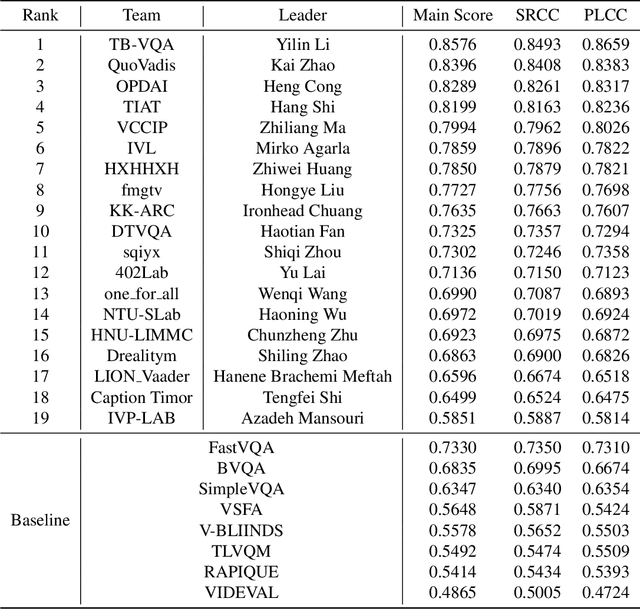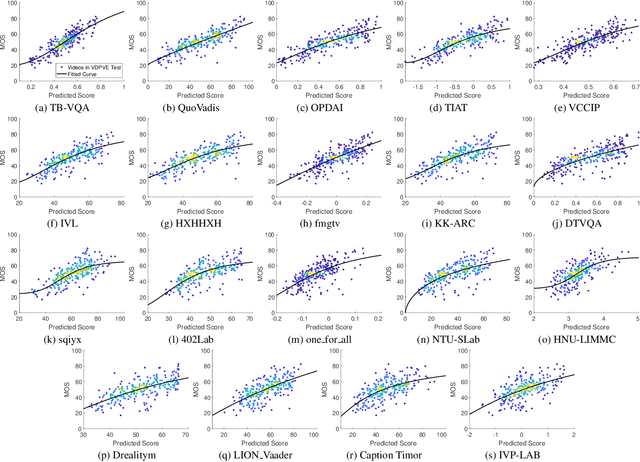Ahmad Mahmoudi Aznaveh
Persian Pronoun Resolution: Leveraging Neural Networks and Language Models
May 17, 2024Abstract:Coreference resolution, critical for identifying textual entities referencing the same entity, faces challenges in pronoun resolution, particularly identifying pronoun antecedents. Existing methods often treat pronoun resolution as a separate task from mention detection, potentially missing valuable information. This study proposes the first end-to-end neural network system for Persian pronoun resolution, leveraging pre-trained Transformer models like ParsBERT. Our system jointly optimizes both mention detection and antecedent linking, achieving a 3.37 F1 score improvement over the previous state-of-the-art system (which relied on rule-based and statistical methods) on the Mehr corpus. This significant improvement demonstrates the effectiveness of combining neural networks with linguistic models, potentially marking a significant advancement in Persian pronoun resolution and paving the way for further research in this under-explored area.
NTIRE 2023 Quality Assessment of Video Enhancement Challenge
Jul 19, 2023



Abstract:This paper reports on the NTIRE 2023 Quality Assessment of Video Enhancement Challenge, which will be held in conjunction with the New Trends in Image Restoration and Enhancement Workshop (NTIRE) at CVPR 2023. This challenge is to address a major challenge in the field of video processing, namely, video quality assessment (VQA) for enhanced videos. The challenge uses the VQA Dataset for Perceptual Video Enhancement (VDPVE), which has a total of 1211 enhanced videos, including 600 videos with color, brightness, and contrast enhancements, 310 videos with deblurring, and 301 deshaked videos. The challenge has a total of 167 registered participants. 61 participating teams submitted their prediction results during the development phase, with a total of 3168 submissions. A total of 176 submissions were submitted by 37 participating teams during the final testing phase. Finally, 19 participating teams submitted their models and fact sheets, and detailed the methods they used. Some methods have achieved better results than baseline methods, and the winning methods have demonstrated superior prediction performance.
A hybrid entity-centric approach to Persian pronoun resolution
Nov 11, 2022Abstract:Pronoun resolution is a challenging subset of an essential field in natural language processing called coreference resolution. Coreference resolution is about finding all entities in the text that refers to the same real-world entity. This paper presents a hybrid model combining multiple rulebased sieves with a machine-learning sieve for pronouns. For this purpose, seven high-precision rule-based sieves are designed for the Persian language. Then, a random forest classifier links pronouns to the previous partial clusters. The presented method demonstrates exemplary performance using pipeline design and combining the advantages of machine learning and rulebased methods. This method has solved some challenges in end-to-end models. In this paper, the authors develop a Persian coreference corpus called Mehr in the form of 400 documents. This corpus fixes some weaknesses of the previous corpora in the Persian language. Finally, the efficiency of the presented system compared to the earlier model in Persian is reported by evaluating the proposed method on the Mehr and Uppsala test sets.
Review of coreference resolution in English and Persian
Nov 08, 2022Abstract:Coreference resolution (CR) is one of the most challenging areas of natural language processing. This task seeks to identify all textual references to the same real-world entity. Research in this field is divided into coreference resolution and anaphora resolution. Due to its application in textual comprehension and its utility in other tasks such as information extraction systems, document summarization, and machine translation, this field has attracted considerable interest. Consequently, it has a significant effect on the quality of these systems. This article reviews the existing corpora and evaluation metrics in this field. Then, an overview of the coreference algorithms, from rule-based methods to the latest deep learning techniques, is provided. Finally, coreference resolution and pronoun resolution systems in Persian are investigated.
 Add to Chrome
Add to Chrome Add to Firefox
Add to Firefox Add to Edge
Add to Edge